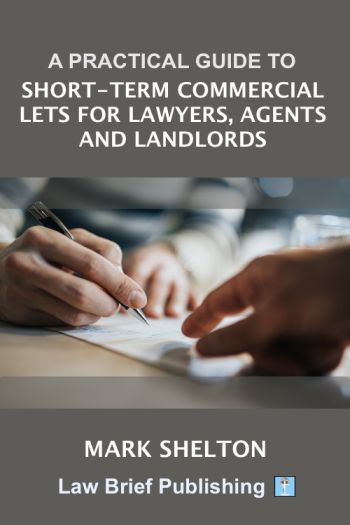
Average length of lease terms has been falling for years, and the days of the 25-year term as the dominant form of commercial lease are long gone. One of the challenges this presents is keeping transaction costs down. A landlord who lets for three-year terms over a 25-year period, instead of one 25-year lease, faces eight sets of letting costs instead of one. At the same time, landlords have conventionally wanted to avoid conferring security of tenure in relation to such short-term lettings.
Those objectives have often been achieved by the use of short-form, standard licences to occupy, signed without any involvement of solicitors, though this practice is not without risk. The safest option is a short-term lease, contracted out of security of tenure, but many agents and landlords baulk at that, believing that it cannot be done without involving lawyers. Now, in the post-Covid-19 world, with pop-up, flexible lettings increasingly seen in many sectors, and standard forms of short-term lease available for free on the internet, it is easier than ever before for the lay person, with a little knowledge and common sense, to document a contracted-out lease for themselves.
That does not mean there is no role for the solicitor. Selection of a standard form which will be acceptable, and developing protocols for the execution of leases and the conduct of the contracting-out process, are areas in which solicitors can add value. Certain processes are reserved by law for solicitors, and there are ‘here be dragons’ areas into which the lay person should not stray.
This book will consider the available options, including the content of leading standard lease forms, and the parameters within which agents and landlords can document lettings with confidence. It will also assist the hard-pressed solicitor trying to deliver a suitable lease for an acceptable fee.